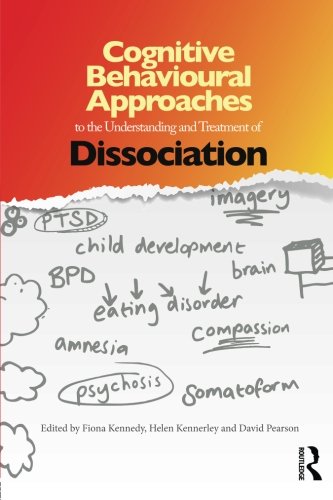Exploring the Fascinating Question: Are Cockroaches Attracted to Light? Understanding Their Behavior and Preferences
Guide or Summary:Introduction to Cockroach BehaviorThe Myth of Cockroaches and LightUnderstanding Cockroach AttractionEnvironmental Factors Influencing Cock……
Guide or Summary:
- Introduction to Cockroach Behavior
- The Myth of Cockroaches and Light
- Understanding Cockroach Attraction
- Environmental Factors Influencing Cockroach Behavior
- Scientific Studies on Cockroach Behavior
- Practical Implications for Pest Control
**Translation of "are cockroaches attracted to light":** Are cockroaches attracted to light?
---
Introduction to Cockroach Behavior
Cockroaches are among the most resilient and adaptable insects on the planet. Their ability to thrive in a variety of environments has made them a subject of interest for both scientists and the general public. One of the most common questions people ask is, **are cockroaches attracted to light**? This inquiry leads us to explore the behavior of these creatures and their relationship with light sources.

The Myth of Cockroaches and Light
There is a prevalent myth that cockroaches are attracted to light, much like moths and other insects. However, the reality is more nuanced. Cockroaches are primarily nocturnal creatures, which means they are more active during the night. They tend to avoid light and prefer dark, damp places where they can hide and find food. This behavior is an evolutionary adaptation that helps them avoid predators.
Understanding Cockroach Attraction
While it is true that cockroaches do not seek out light, they may inadvertently find themselves near light sources. When searching for food or escaping threats, they might stumble into lit areas. This behavior can create the illusion that they are attracted to light. In fact, they are more likely to be drawn to the warmth and potential food sources that might be found in illuminated areas, rather than the light itself.
Environmental Factors Influencing Cockroach Behavior
Several environmental factors can influence cockroach behavior. For instance, the presence of food, moisture, and shelter plays a significant role in their movement patterns. In urban settings, cockroaches are often found in kitchens and bathrooms, where food and water are readily available. If these areas are well-lit, cockroaches may venture out into the light, but only as a means to access resources.

Scientific Studies on Cockroach Behavior
Research studies have shown that cockroaches exhibit a preference for dark environments. Experiments involving light traps have demonstrated that cockroaches are more likely to be captured in dark conditions than in well-lit ones. This supports the idea that **are cockroaches attracted to light** is a misconception. Instead, they are more comfortable in the shadows, where they can navigate without the risk of being exposed.
Practical Implications for Pest Control
Understanding the behavior of cockroaches is essential for effective pest control. Since they are not attracted to light, using light traps may not be the most effective method for reducing cockroach populations. Instead, focusing on eliminating food sources, sealing entry points, and maintaining cleanliness in the home can yield better results in managing infestations.
In summary, the question of **are cockroaches attracted to light** reveals much about their behavior and ecology. While they may occasionally be found in lit areas, this is not due to an attraction to light. Rather, it is a byproduct of their search for food and shelter. By understanding these behaviors, we can better manage cockroach populations and reduce the likelihood of infestations in our homes.

For anyone dealing with cockroach issues, it is crucial to remember that these insects thrive in darkness and are more likely to be found in hidden, moist environments. By addressing the root causes of their presence, we can effectively keep them at bay.